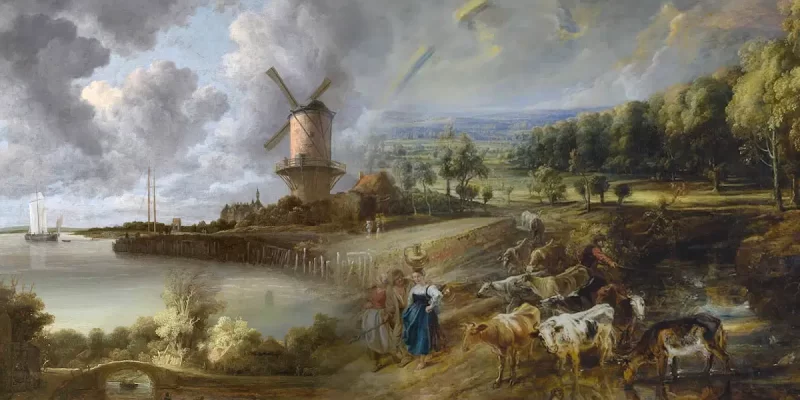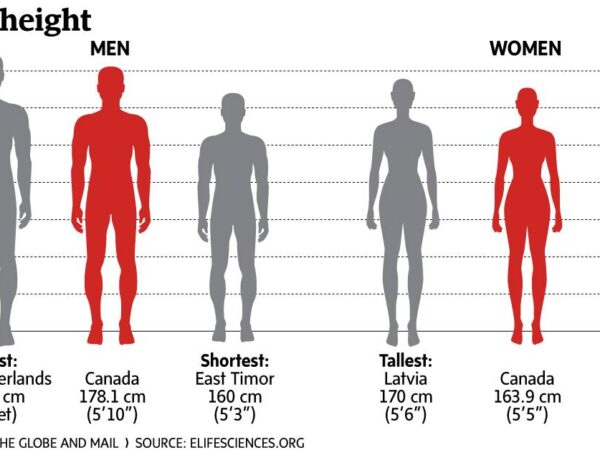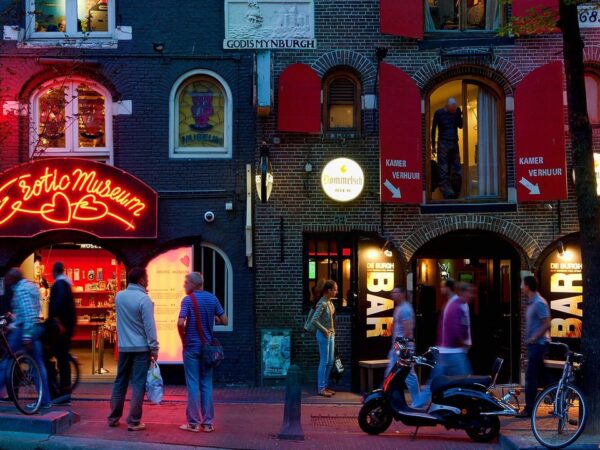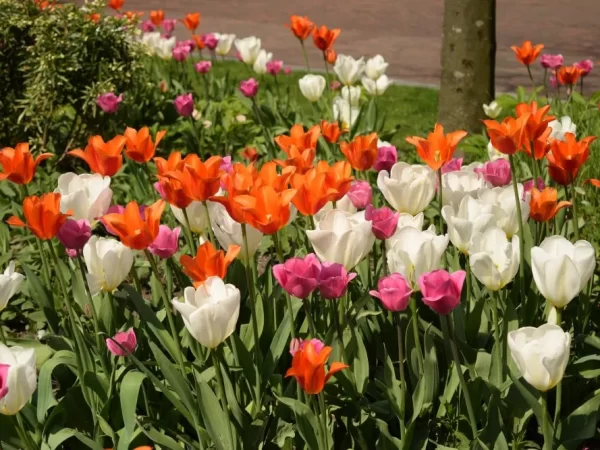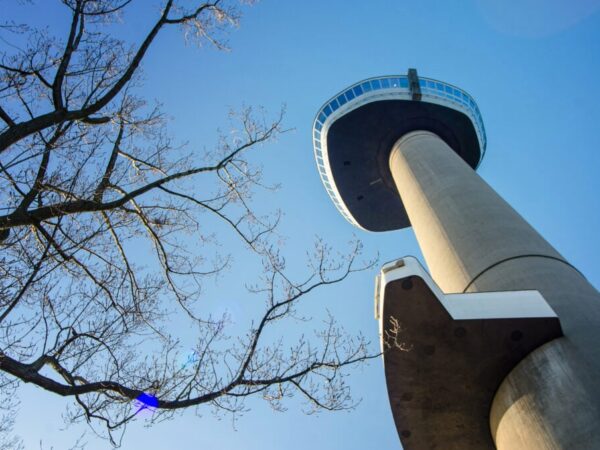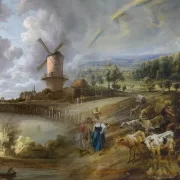The Netherlands has long been a beacon of artistic brilliance, particularly during the Golden Age of Dutch painting in the 17th century. From meticulously detailed still lifes to groundbreaking portraits, the legacy of Netherlands painters is both diverse and profound. This article explores ten revolutionary painters whose works not only defined their era but also reshaped the course of art history.
Netherlands Painters: Rembrandt van Rijn – The Master of Light and Shadow
Rembrandt van Rijn, one of the most celebrated Netherlands painters, is renowned for his exceptional use of light and shadow, a technique known as chiaroscuro. Born in 1606 in Leiden, Rembrandt’s career spanned over 30 years, during which he produced some of the most iconic works in art history. His ability to capture the human soul through his portraits, such as The Night Watch and The Anatomy Lesson of Dr. Nicolaes Tulp, set a new standard for emotional depth and realism in art.
Rembrandt’s influence extends beyond his innovative techniques. His works broke away from the idealized portrayals of the time, focusing instead on the raw, often gritty aspects of life. This approach not only distinguished him from his contemporaries but also paved the way for future generations of artists to explore human vulnerability and complexity.
Netherlands Painters: Johannes Vermeer – The Poet of Domestic Life
Johannes Vermeer, another seminal figure among Netherlands painters, is celebrated for his serene and intimate depictions of domestic life. Born in Delft in 1632, Vermeer’s relatively small body of work includes masterpieces like Girl with a Pearl Earring and The Milkmaid. Vermeer’s paintings are characterized by their exquisite use of light, precise detail, and a unique ability to convey a sense of tranquility and mystery.
Vermeer’s technique of capturing light and color with remarkable precision influenced many artists. His focus on everyday scenes and the meticulous attention to detail have inspired countless interpretations and analyses, cementing his place as one of the most revered painters in art history.
Netherlands Painters: Vincent van Gogh – The Expressionist Trailblazer
Vincent van Gogh, though not as widely recognized during his lifetime, is now celebrated as one of the most influential Netherlands painters. Born in 1853 in Zundert, van Gogh’s post-impressionist style, characterized by bold colors and dramatic brushstrokes, brought a new emotional intensity to painting. Works like Starry Night and Sunflowers exemplify his ability to convey profound emotion and movement through vibrant color and texture.
Van Gogh’s impact on the art world is immense, influencing the development of modern art and expressionism. His innovative use of color and form challenged traditional artistic conventions and inspired a new generation of artists to explore emotional expression and individualism in their work.
Pieter Bruegel the Elder – The Master of Genre Painting
Pieter Bruegel the Elder is a pivotal figure among Netherlands painters, renowned for his detailed and often satirical depictions of peasant life. Born around 1525, Bruegel’s works, such as The Hunters in the Snow and The Peasant Wedding, offer a window into the everyday lives and social conditions of 16th-century Flanders.
Bruegel’s ability to capture the complexities of human behavior and social commentary through genre painting established him as a master of narrative art. His paintings are characterized by their rich detail, social critique, and the ability to convey a sense of both realism and allegory.
Jan Vermeer – The Artist of Refined Sensibility
Often confused with Johannes Vermeer, Jan Vermeer (also known as Jan van der Meer) was another significant Netherlands painter known for his refined and delicate approach to painting. His works, including The Procuress and The Glass of Wine, are notable for their attention to detail and the subtle interplay of light and texture.
Jan Vermeer’s contributions to art are distinguished by his focus on themes of sensuality and intimacy, often depicted with a refined elegance. His works reflect a deep understanding of the nuances of human experience and the intricacies of visual perception.
Frans Hals – The Dynamic Portraitist
Frans Hals, a prominent figure among Netherlands painters, is renowned for his lively and spontaneous portraiture. Born in 1582 in Haarlem, Hals’ energetic brushwork and ability to capture the personality and vitality of his subjects distinguish him from his contemporaries. Works like The Laughing Cavalier and The Merry Drinker exemplify his dynamic approach to portrait painting.
Hals’ innovative techniques and emphasis on capturing the essence of his subjects influenced the development of portraiture, paving the way for future artists to explore new approaches to capturing human expression and character.
Jacob van Ruisdael – The Landscape Virtuoso
Jacob van Ruisdael is celebrated among Netherlands painters for his masterful landscape paintings. Born in 1628, Ruisdael’s works, such as The Jewish Cemetery and View of Haarlem, are renowned for their dramatic compositions and meticulous attention to natural detail. His landscapes often convey a sense of grandeur and emotional depth, reflecting his profound connection to the natural world.
Ruisdael’s innovative approach to landscape painting influenced the genre’s development and inspired subsequent artists to explore the complexities of nature and the human relationship with the environment.
Willem Kalf – The Still-Life Specialist
Willem Kalf, born in 1619, is another influential figure among Netherlands painters, known for his exquisite still-life paintings. Works like Still Life with a Silver Gilt Goblet and Still Life with a Chinese Porcelain Bowl showcase his exceptional skill in rendering textures and reflections, as well as his ability to convey a sense of opulence and sophistication.
Kalf’s contributions to still-life painting are marked by his focus on luxury items and their intricate details, which reflect both his technical mastery and his interest in the symbolic meanings of objects.
Georges de La Tour – The Master of Light
Georges de La Tour, though not a Dutch national, made significant contributions to the art of Netherlands painters with his unique approach to light and shadow. Born in 1593 in Lorraine, France, de La Tour’s works, including The Fortune Teller and The Newborn, are known for their dramatic use of light and focus on intimate, everyday scenes.
De La Tour’s innovative techniques influenced many painters and contributed to the development of genre painting, particularly in the depiction of light and the use of chiaroscuro to create a sense of depth and drama.
Albert Cuyp – The Master of Dutch Landscape
Albert Cuyp, born in 1620, is renowned among painters for his picturesque and tranquil landscapes. Works like The Maas at Dordrecht and A Landscape with Cattle reflect his mastery in capturing the serene beauty of the Dutch countryside. Cuyp’s paintings are characterized by their harmonious compositions and the gentle play of light across the landscape.
Cuyp’s contribution to landscape painting is notable for his ability to convey a sense of calm and pastoral beauty, influencing the development of the Dutch landscape genre and inspiring future generations of artists.
Conclusion
The Netherlands has produced some of the most influential painters in art history, each contributing uniquely to the evolution of artistic expression. From Rembrandt’s dramatic use of light and shadow to Van Gogh’s bold and emotional brushstrokes, these Netherlands painters have left an indelible mark on the art world. Their innovative techniques and distinctive styles continue to inspire and captivate audiences around the globe.
The legacy of these revolutionary painters underscores the country’s rich artistic heritage and its pivotal role in shaping the course of art history. As we reflect on their contributions, we gain a deeper appreciation for the ways in which their work continues to influence and inspire contemporary art.
FAQs
Q1. Who are some of the most influential Dutch artists from the Golden Age?
Some of the most influential Dutch artists from the Golden Age include Rembrandt van Rijn, Johannes Vermeer, Frans Hals, and Pieter Bruegel the Elder. Their works are renowned for their innovation, realism, and significant contributions to various genres of painting.
Q2. What was Rembrandt van Rijn’s impact op moderne kunst?
Rembrandt van Rijn’s impact on modern art is profound, particularly due to his pioneering use of chiaroscuro, which emphasizes the play of light and shadow. His focus on capturing emotional depth and realism in portraiture influenced countless artists and reshaped approaches to representation in art.
Q3. What makes Johannes Vermeer’s paintings unique?
Johannes Vermeer’s paintings are unique for their serene domestic scenes and masterful use of light. His ability to convey a sense of tranquility and subtlety in everyday moments, along with his meticulous attention to detail, sets his work apart from his contemporaries.
Q4. How did Vincent van Gogh’s style differ from his peers?
Vincent van Gogh’s style differs from his peers through his bold use of color, expressive brushstrokes, and emotional intensity. His approach emphasized personal expression and psychological depth, contrasting with the more restrained styles of other artists of his time.
Q5. What are some key works by Pieter Bruegel the Elder?
Key works by Pieter Bruegel the Elder include The Hunters in the Snow, The Peasant Wedding, and The Tower of Babel. These paintings are celebrated for their detailed portrayal of peasant life, social commentary, and intricate narratives.
Also read: Is Luxembourg Worth Visiting? 10 Things to Know Before You Go

